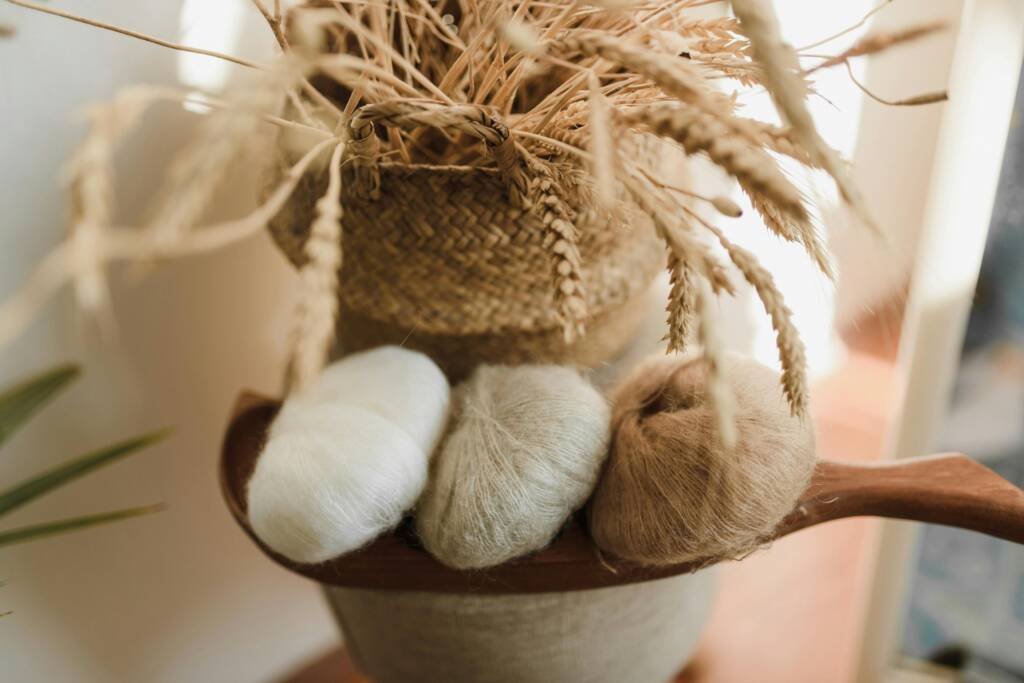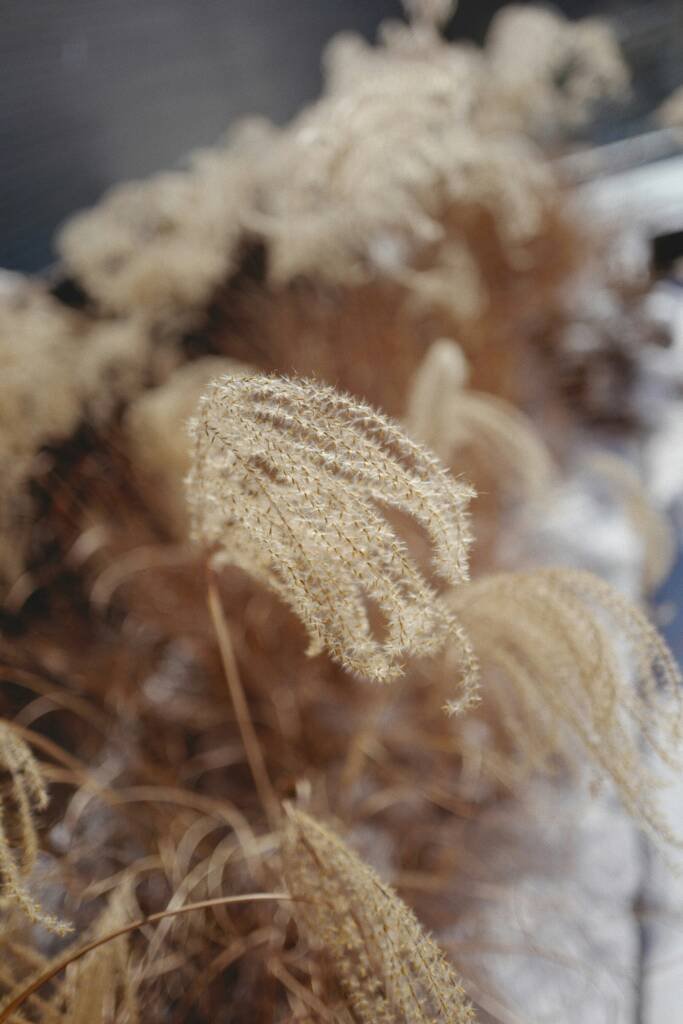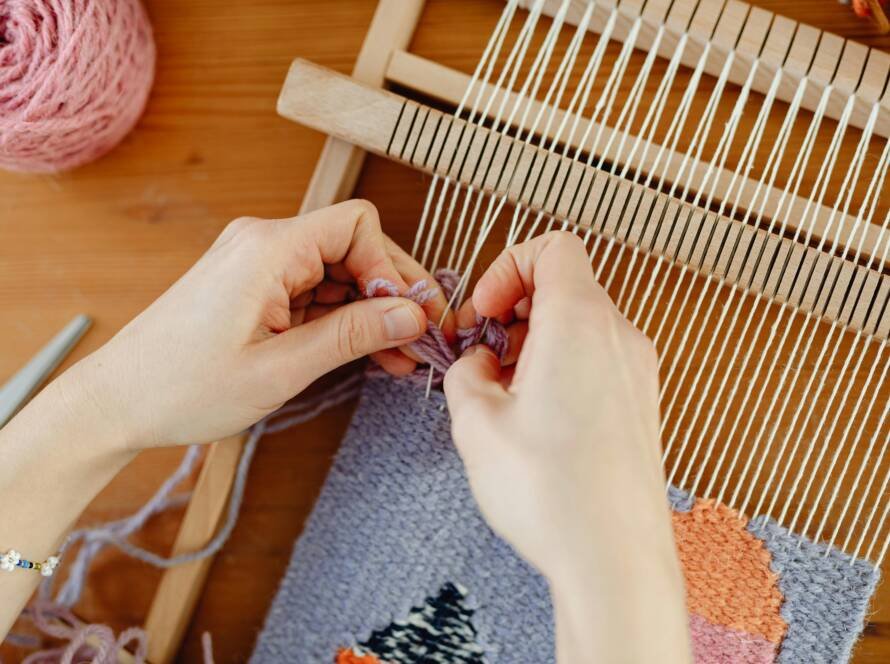Threads of Earth: A Gentle Beginning
There’s something sacred about watching your grandmother pull cotton from a pod, soft as clouds, her hands moving with a rhythm inherited from centuries. In that quiet act lived a wisdom that words seldom capture—a connection between soil and soul, between creation and care. “We wear the earth,” she’d whisper, spinning stories as she spun thread. And in that moment, a fabric was born—not just of fibre, but of memory, ritual, and meaning.
Today, as the world seeks sustainability, it finds its way back to traditions that never left their roots. The story of sustainable fibre cultures in India is not a trend—it’s a legacy, woven into the warp and weft of life itself.
Cultivating Consciousness: The Sacred Act of Growing Fibre
India’s relationship with fibre begins in the fields—with cotton, jute, hemp, and banana—each grown with care, not haste. Traditional farming of these crops followed the rhythms of nature, with practices rooted in respect for the land. Organic methods, rain-fed irrigation, intercropping, and seasonal cycles ensured balance.
Farmers once chose seeds not for yield alone, but for the comfort of the cloth it would become, the durability it would offer a labourer, or the softness it would lend a baby’s wrap. Every harvest was a celebration, every skein of spun thread a prayer in motion.


Crafting Culture: The Artisans and Their Ancestral Wisdom
From the coarse charm of desi cotton to the golden sheen of muga silk, India’s fibres transformed in the hands of master weavers and spinners. These artisans weren’t just makers; they were storytellers in thread. Whether it was Kora cotton in Tamil Nadu, kala cotton in Gujarat, or eri silk in Assam, each fibre carried within it tales of land, climate, and community.
The spinning wheel, the handloom, the dye pot—all were extensions of a life lived close to nature. Natural dyes from turmeric, madder, and indigo were more than colours—they were medicines, metaphors, and memories. Every motif woven had meaning; every technique passed down was a lesson in mindfulness.
Ancient Futures: Why This Legacy Matters Today
In a world choked by fast fashion and synthetic excess, sustainable fibre cultures remind us of a quieter, kinder way of being. They show us that fabric can breathe, not just on skin but in conscience. When we wear handloom khadi or a naturally dyed cotton sari, we wear patience, we wear purpose.
Schools and communities are beginning to revisit these practices—encouraging children to learn the journey of fibre from soil to spindle, to value the work of farmers and weavers, to touch what is real. Sustainability is not only about environment—it is about empathy, economy, and identity.
Woven Wisdom: A Closing Thread
To revive sustainable fibre cultures is not to look back with nostalgia—it is to move forward with wisdom. It’s a gentle rebellion against the disposable, an embrace of the enduring. It is a call to honour hands that sow and spin, and to remember that every fibre once lived.
So the next time you wrap a cotton stole around your shoulders or feel the texture of handloom against your palm, pause. You are holding not just fabric—but a story, a seed, and a soul.
Let us teach our children to listen. Let us touch the threads of our past and wear our future with care.
#FarmToFabric #SustainableFibreCultures #IndianHandloom #SlowFashion #TraditionalWisdom #ConsciousLiving #CraftedInIndia #Curriculture



